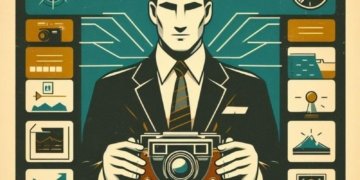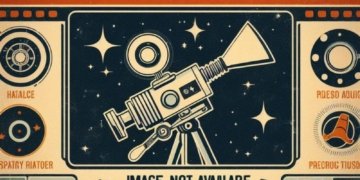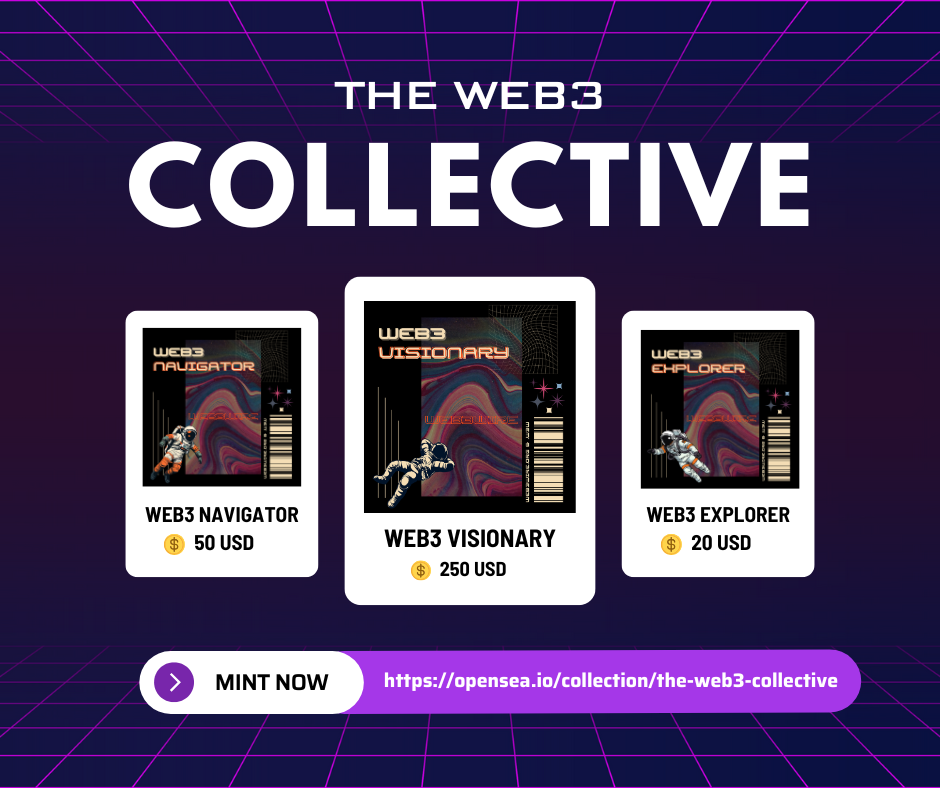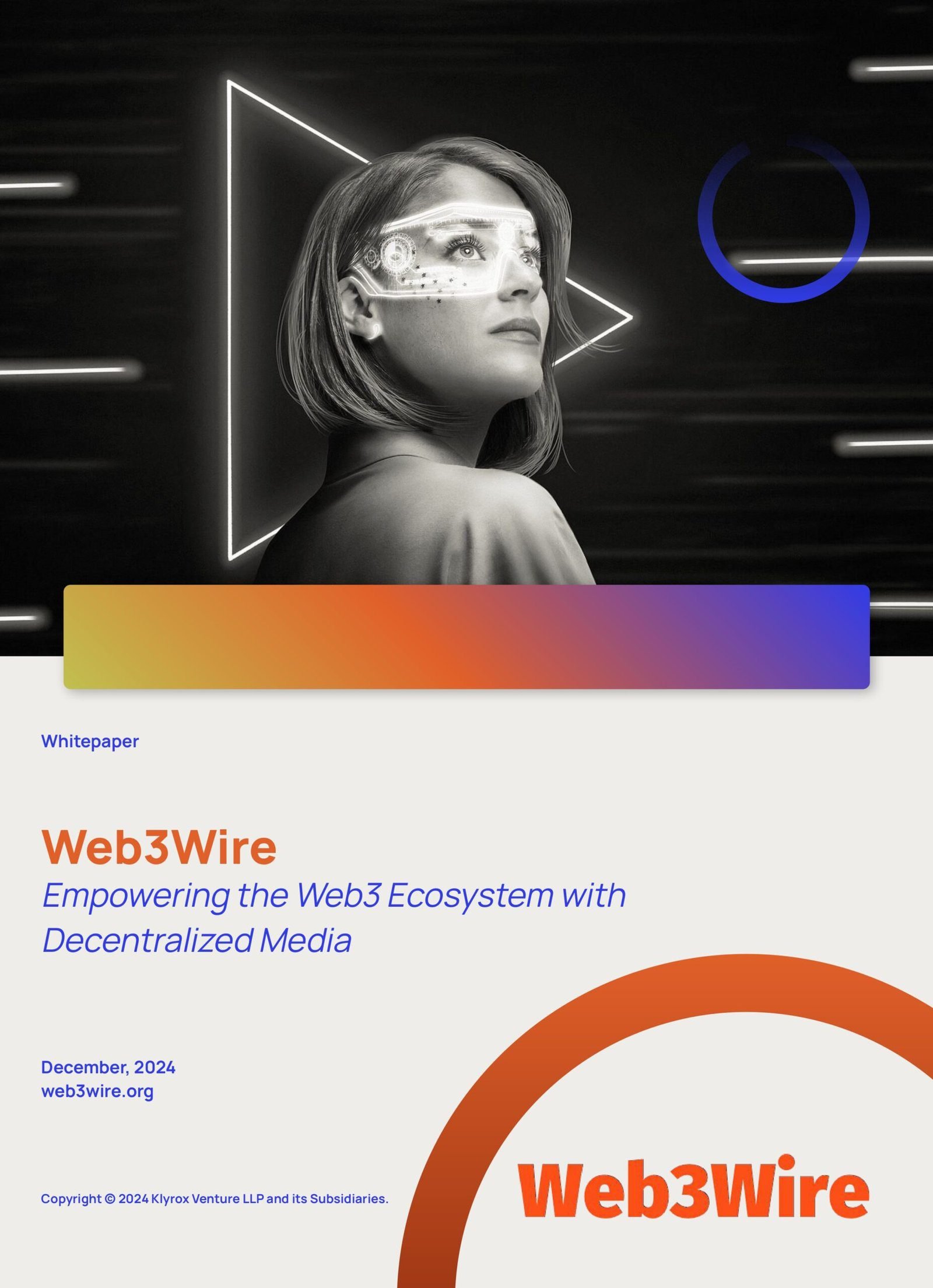NEW YORK, Aug. 16, 2024 (GLOBE NEWSWIRE) — Hollywood’s cinematic hacking scenes often prioritize drama over accuracy, and it does not accurately reflect the real-world cybersecurity challenges. From the neon-lit world of Tron to the high-octane action of The Fate of the Furious, a study by NordLayer, the network security company, examined how Hollywood’s depiction of hacking has evolved and where it continues to prioritize drama over accuracy.
“While Hollywood hacking scenes are entertaining, they often paint a misleading picture of cybersecurity threats and solutions,” says Andrius Buinovskis, head of product at NordLayer. “By understanding the differences between cinematic depictions and real-world cybersecurity practices, businesses and individuals can protect themselves better against actual threats.”
“Flashy visuals” is the most popular trope in Hollywood movies
One of the depictions that stands out most is a “time warp,” where complex digital breaches occur in mere minutes, if not seconds. The study revealed that 4 out of 10 analyzed movies contained this trope. This urgency is frequently amplified by the “against the clock” trope, with ticking timers and progress bars artificially ramping up tension. It was used by a third of analyzed movies.
Half of Hollywood’s hacker characters used “super skills,” effortlessly navigating complex systems. Another half type super fast on their keyboards with “furious fingers.” Hacks were accomplished in seven movies by using “magic tech” that beats any system no matter its security.
“The role of passwords in these films is equally in the realm of the fantastic. Hackers made a ‘lucky guess,’ cracking complex codes with ease, often on their first few attempts. The security measures they face are exaggerated with ‘hype and hyperbole,’ using impressive but vague terms like ‘military-grade encryption’ to inflate the stakes,” says Buinovskis.
Dialogue in seven scenes contained “tech-talk gibberish,” which sounds impressive but often lacks real-world accuracy. The visual spectacle of hacking is amplified through “flashy hacking visuals,” which was used in eight movies. The “access granted/denied clichés” were used twice, where popups announce the outcome of hacking attempts.
Tropes in famous movie scenes
The 1982 film Tron set the stage for Hollywood’s depiction of hacking, introducing audiences to a visually digital world. Early films like Hackers (1995) and Goldeneye (1995) established many tropes, including flashy hacking visuals, tech-talk gibberish, and unrealistic depictions of hacking speed and complexity.
Blockbusters such as Independence Day (1996) and Mission: Impossible (1996) amplified these tropes, introducing concepts like magic tech and exaggerating the capabilities of hacking tools. The Matrix (1999) had a particularly significant impact, with its iconic green code visuals shaping public perception of the digital world for years to come.
As technology evolved, so did hacking scenes. Swordfish (2001) pushed the boundaries of credibility with its high-pressure hacking scenario, while The Core (2003) and The Fate of the Furious (2017) continued to rely on unrealistic visualizations and capabilities. Even children’s films like The Emoji Movie (2017) incorporated simplified hacking concepts, demonstrating the pervasiveness of these tropes in popular culture.
“While most of these portrayals prioritize entertainment over accuracy, some films have made efforts to depict hacking more realistically,” notes Buinovskis. “For instance, The Matrix Reloaded (2003) shows a more plausible hacking scenario, using real software to exploit actual vulnerabilities.”
Recommendations
While Hollywood’s portrayal of hacking often strays from reality, Buinovskis suggests that these films can still serve as valuable educational tools when approached critically. “The key is to use these movies as conversation starters,” he says. “Select films that provoke discussion, and learn from Hollywood’s creative liberties while distinguishing fact from fiction.”
Buinovskis recommends incorporating movie discussions into cybersecurity training sessions, with the guidance of information security experts. These professionals can draw parallels between dramatic scenes and real-world IT policies, helping to translate Hollywood spectacle into practical security tips.
“Ultimately, the goal is to spark engaging discussions about cybersecurity,” Buinovskis explains. “Movies provide an accessible entry point to these complex topics. By addressing and correcting misconceptions presented in films, we can highlight real issues and improve overall cybersecurity awareness.”
Methodology:
NordLayer ran a small survey to find out the most popular movies with hacking scenes, then analyzed those film clips and found the most common tropes.
ABOUT NORDLAYER
NordLayer provides scalable and seamless network security for businesses of all sizes. We empower distributed teams with secure connections that align with today’s compliance needs. Our solutions fit effortlessly into your existing IT setup and can be deployed in under 10 minutes, saving your IT team up to 600 hours of work and cutting costs by 65% over five years. As cyber threats become more sophisticated, NordLayer utilizes the zero-trust network access (ZTNA) framework, offering tailored security plans and layered solutions that simplify network protection and scale with your business. For more information: https://nordlayer.com/
CONTACTS:
Vilius Kardelis
vilius@nordsec.com

















